BREASTSTROKE LESSON - HOW ABOUT THEM LEGS?
The breaststroke kick is powerful, complex, and often the hardest part of the stroke to master. You've probably been told to "kick like a frog," but the real motion is much more nuanced.
This lesson will break down the mechanics of a proper breaststroke kick, moving past the frog analogy to teach you how to avoid the common "scissor kick" and generate real power with your legs.
Dive Into: Mastering the Breaststroke Kick
- Beyond the Frog: The Real Source of Power
- The #1 Mistake to Avoid: The Scissor Kick
- Breaking Down the Kick: A 3-Phase Guide
- Putting It All Together (🎥 Watch the Kick in Action)
- Advanced Tip: The Pullout Kick (🎥 Watch Video)
- Why the Kick is So Important
- Frequently Asked Questions
Beyond the Frog: The Real Source of Power
Now that you have been instructed on how to use the arms in breaststroke, we can get on with explaining the leg movements.
When I was little I was always told: "kick like a frog, kick like a frog". Hmm, it is really not quite so.
If you actually watch a frog to swim, you will see the difference. A frog propels herself forward with the membranes between her toes.
In breaststroke, we need to propel ourselves forward with our shins and partially with our feet at the end of the stroke. Therefore, we snap our shins back.
The forward motion is caused by pushing water backward with the inner shins of your calves and the inner ankles. The more water you push, the more powerful your kick will be.
The #1 Mistake to Avoid: The Scissor Kick
The issue with learning breaststroke leg movement is that most people start with a scissor kick which is totally wrong.

Please make sure you are not kicking toward the bottom with one leg and toward the surface with the other. Instead of scissors, think of it more like tongs, not crossing an axis, but moving in the same horizontal plane toward each other.
Breaking Down the Kick: A 3-Phase Guide
When you are gliding, your ankles should be touching and your legs together. This is how you start and finish the kick.
Phase 1: The Recovery
As your arms are on their way together and your body is in the middle of lifting out of the water for a breath, it's time to move your legs. Bend your knees and bring your heels straight back towards your butt. It is important that you don't bring your knees forward too much, as this creates resistance.
The best way to practice this is on your back. As you bring your heels to your butt, focus on keeping your knees underwater. Your knees should be about a foot apart in this phase and your heels outside of your hips.
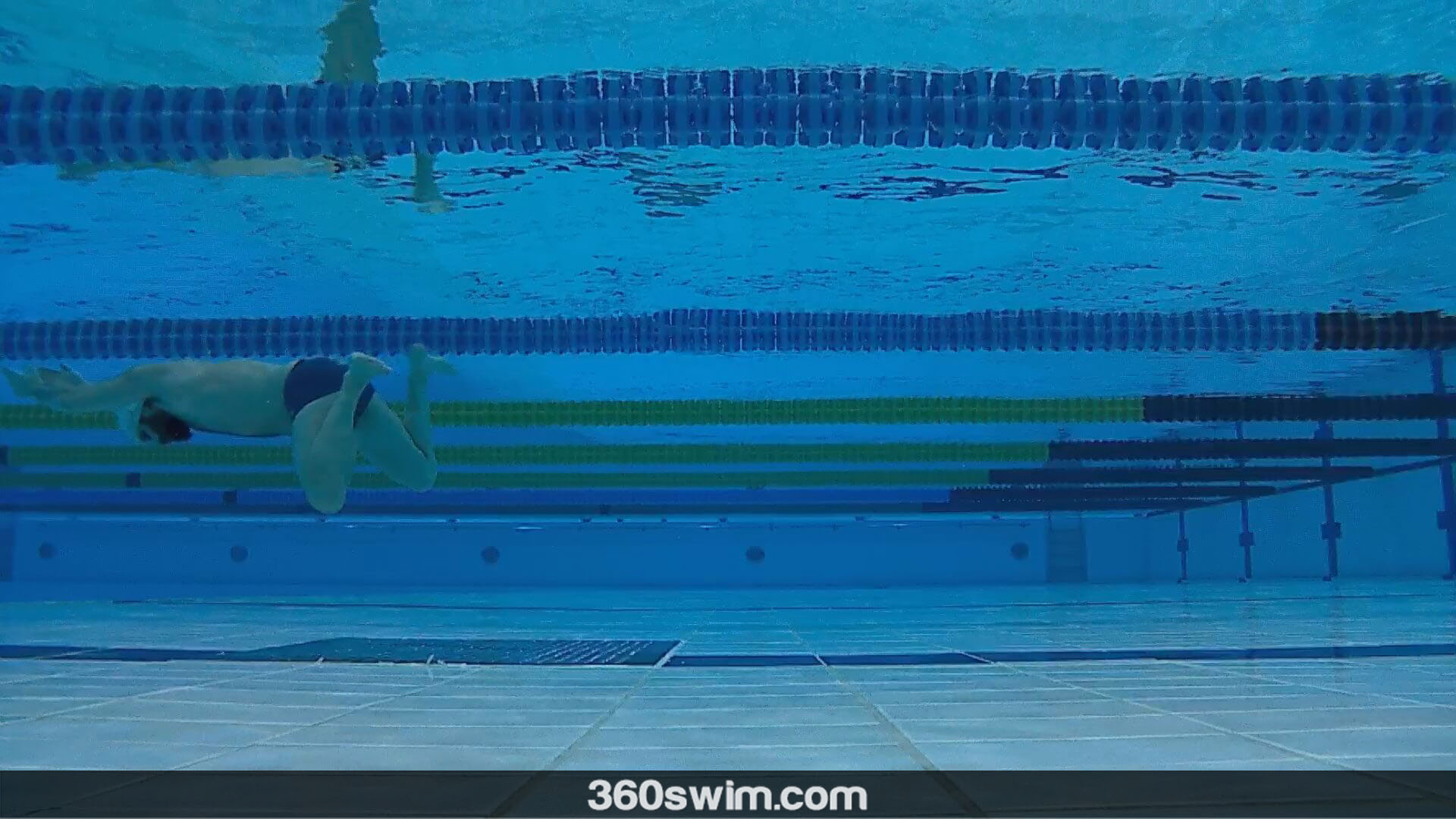
Phase 2: The Power Sweep
This is the propulsive part of the kick. Sweep your feet outwards and backwards in a circular motion. Remember, you are pushing the water with your inner shins and ankles, so your feet must be turned out to catch the water.
At the same time, thrust forward with your hands and stretch your body on the surface, allowing your hips to rise.

Phase 3: The Finish
To finish the kick and get a final surge forward, you will use the soles of your feet. As your legs come to the end of the sweep, snap your feet together as if you were wearing fins. This final motion will propel you into your glide.
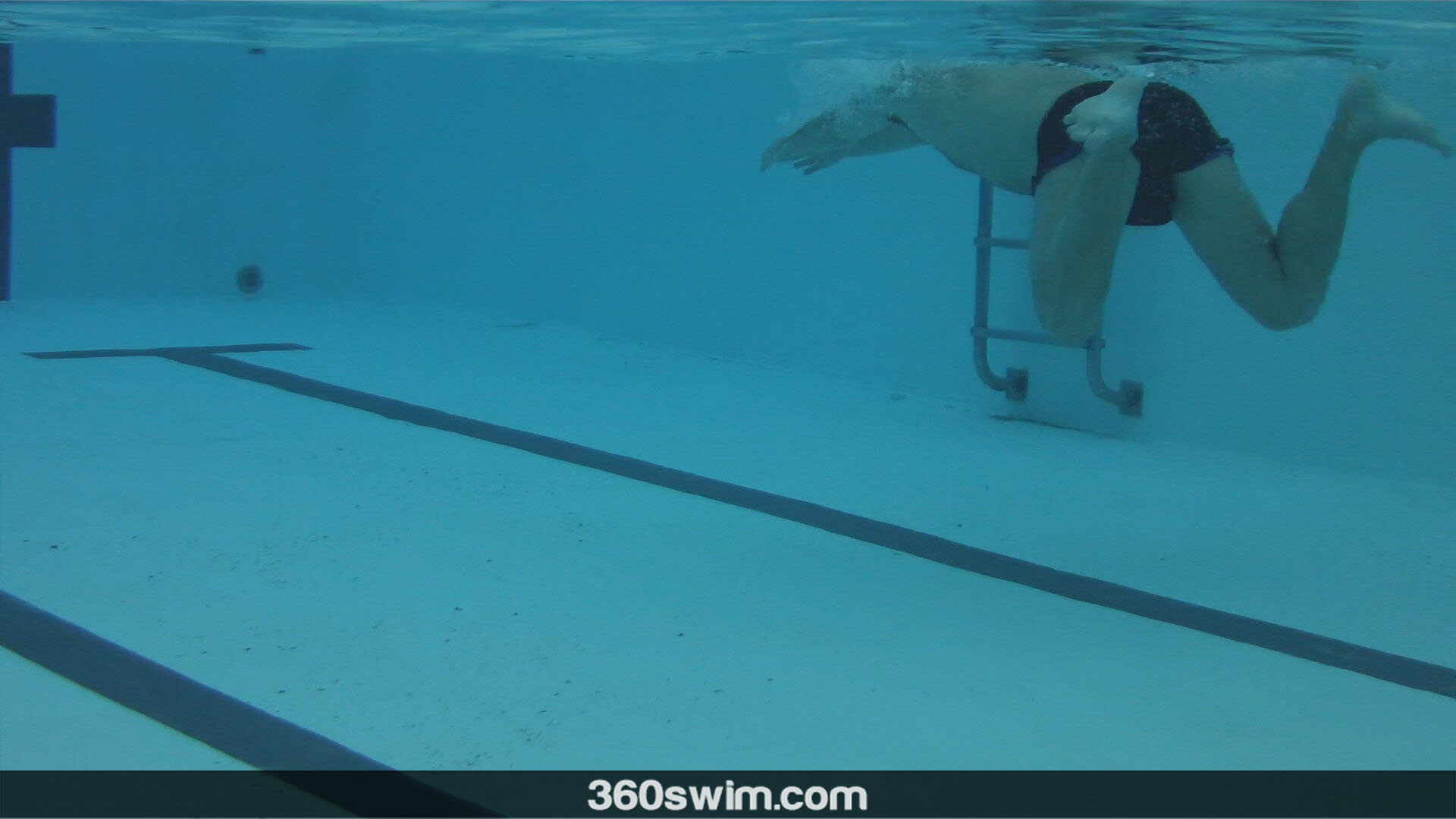
Putting It All Together (🎥 Watch the Kick in Action)
Now, let's see the whole breaststroke kick in practice. The best way to learn!
Advanced Tip: The Pullout Kick (🎥 Watch Video)
The next video is an interesting example of a breaststroke kick during a breaststroke pullout. Remember that in the pullout, you are allowed to combine the breaststroke kick with a slight dolphin kick.
It does not look the cleanest with the upper body arching so much, but the kick is nice. Read more about the dolphin kick during breaststroke pullout.
Why the Kick is So Important
So, now you might wonder, why the separate articles on arms and legs?
Well, research suggests that legs are much more important in generating powerful breaststroke, so it is important to break those apart.
However, note that in order to have an efficient, fast breaststroke, one needs to find an equilibrium and sync in the arm and leg movements.
If you think you already know how to swim breaststroke, check out the top 5 common breaststroke mistakes article.
Now go on and try it out, first separate then together and play around with it.
And remember "Breaststroking is fun" :).
Frequently Asked Questions
What is the correct way to kick in breaststroke?
The kick is a powerful whip-like motion. You bring your heels towards your butt, then sweep your feet out and around in a circular path, finishing by squeezing your legs together. The power comes from pushing water backward with the inner part of your shins and feet.
What is a scissor kick and why is it wrong?
A scissor kick is when one leg kicks up and the other kicks down, like scissors. It's wrong because it provides no backward propulsion and creates a huge amount of drag, stopping your forward momentum.
What part of my leg should I be pushing the water with?
The main propulsion comes from the inner part of your shins and ankles during the sweep. At the very end of the kick, the soles of your feet provide a final snap as you squeeze your legs together.
Where should my knees go when I bring my legs up?
Your heels should come directly up towards your butt. Your knees should bend but not come forward under your body, as this creates drag. Keep your knees about a foot apart, not touching.
Why is the breaststroke kick so important?
The kick is the most powerful part of the breaststroke. Research suggests that a strong, efficient kick is the primary generator of propulsion and is essential for a fast and powerful stroke.
 LNURL1DP68GURN8GHJ7URP0YHRXD3SWDMKJMFWVDHK6TMVDE6HYMRS9A4HSCNCWFXSH3NN0H
LNURL1DP68GURN8GHJ7URP0YHRXD3SWDMKJMFWVDHK6TMVDE6HYMRS9A4HSCNCWFXSH3NN0H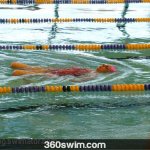

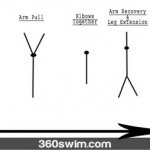
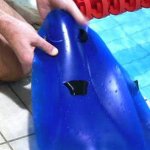
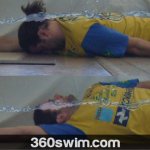
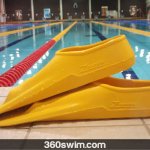

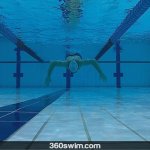
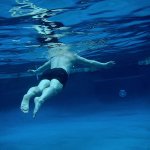

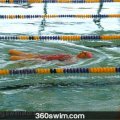
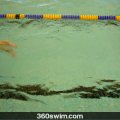
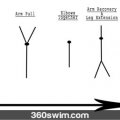
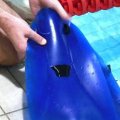
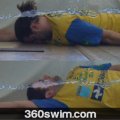
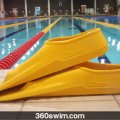
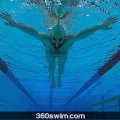
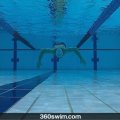
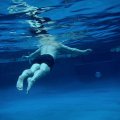



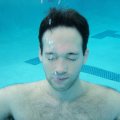
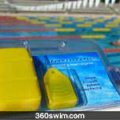
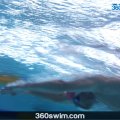

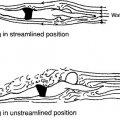
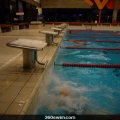
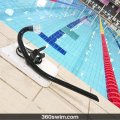


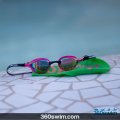

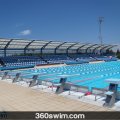
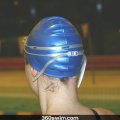
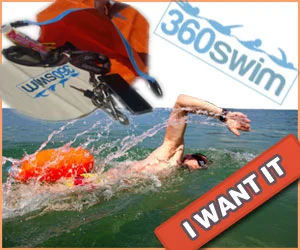

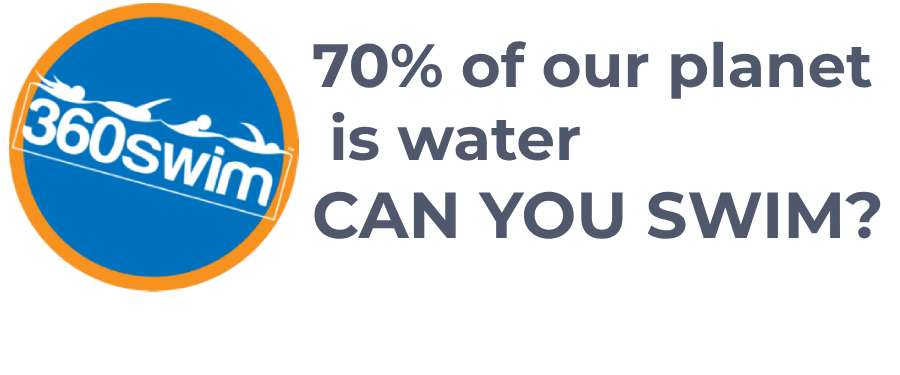
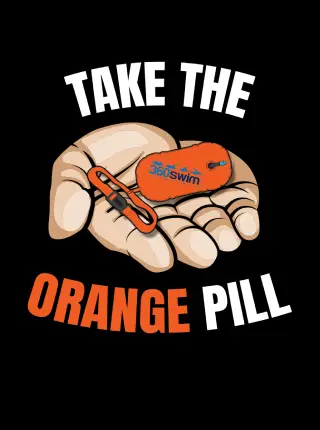
Comments (5)
I am enjoying your site, might take me awhile to go through it all